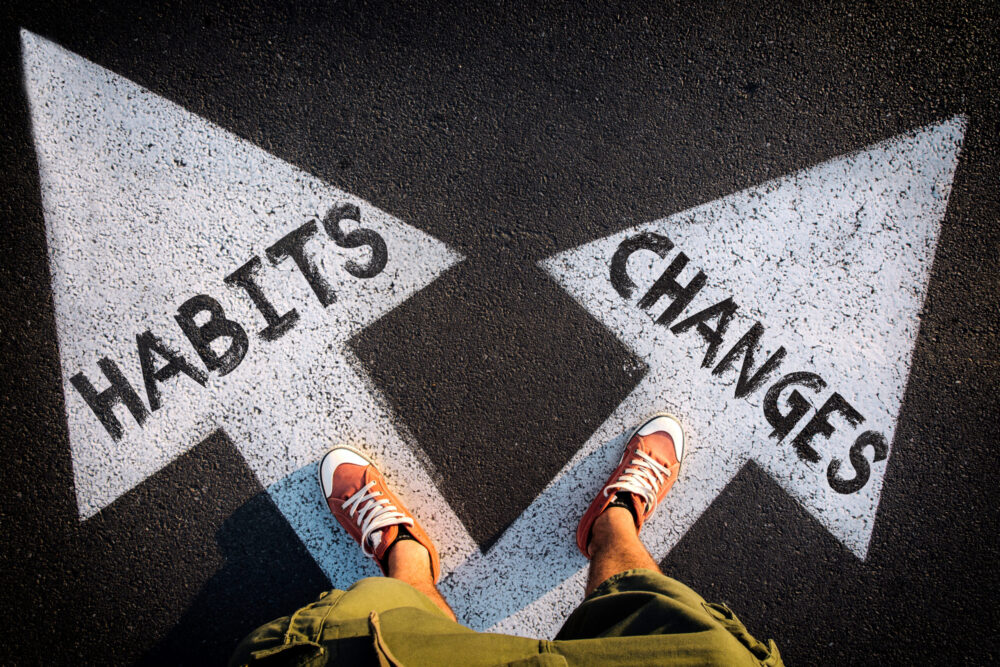In this article, Vicky Dymoke, European Marketing Director at Aetna International, discusses the best ways to foster resilience at work and to ensure employees have the tools they need to meet stressful challenges head on.
It’s no exaggeration to say that stress is the health epidemic of the 21st century. In fact, it has been called exactly that by the World Health Organisation. Research shows that more than 70% of people regularly experience psychological and/or physical symptoms from stress, and that more employees are absent from work because of it than because of physical illness or injury.
When you factor in the financial cost of absenteeism and presenteeism to the UK’s economy, estimated to be in the region of £18 billion a year, it becomes clear why creating a mentally strong and healthy workforce is such a key priority for so many companies.
Unfortunately, this is often easier said than done. Everyone reacts differently to stressors, which can be triggered by a wide variety of situations. Tough workloads, long hours, tricky cultures, frustrating bureaucracy, career aspirations that feel stunted, even just being over-tired can all play a part.
And of course, stress is on a spectrum. A little can be good for us, keeping us alert and motivated if we experience it without threat or fear. This is the type of stress psychologists refer to as ‘eustress’, something we need to keep us working towards our goals and feeling good about life.
On the other hand, sustained and chronic stress, experienced over a period of time, can really take its toll. This can lead to impaired attention and decision-making skills, poor mental and physical health, and eventually emotional exhaustion and burnout.
With such serious consequences, organisations are increasingly seeking ways to support their staff to stay sharp, productive and coping well with whatever situation arises. And at the core of many of these efforts is a desire to foster a sense of fortitude, of determination, endurance and drive. Or to put it another way, to foster a sense of resilience.
What is resilience?
The word resilience comes from the Latin resilire, which means rebound. It was initially a physics term, used to describe the ability of a material to change shape and then resume its original form, or, in other words, to describe its tolerance to disruption.
Today, resilience is more commonly defined as being able to adapt positively despite adversity, and to bounce back after setbacks. It implies the ability not only to withstand hardship and failure, but to grow exponentially from these experiences. It’s a sense of competency and inner strength, of feeling that you are able to handle whatever life throws at you and confidently navigate the lows as well as the highs.
Without doubt, in the globally-connected, ever-changing, fast-paced world we live in – sometimes described in the military terminology of VUCA (an acronym for Volatile, Uncertain, Complex and Ambiguous) – the capacity to tolerate a measure of disruption is most definitely still a useful skill to have.
A process
With the psychological flexibility to weather everyday pressures, employees are able to look at stressors as challenges to be overcome and adapt more easily to difficult circumstances. They’re also primed to learn from unexpected events and proactively prepare themselves for future challenges, all without negatively affecting their health or well-being.
As you might expect, turning the tide on employee stress and embedding a different paradigm within a company isn’t something that happens overnight. After all, resilience is a complex and multi-dimensional construct, influenced by environmental, inter and intrapersonal factors. An individual’s resilience will be impacted by a whole host of dynamics, such as their upbringing, personality and social support network outside of work – things that employers have no control over.
However, that is not to say resilience at work can’t be learnt, honed and increased – it can.
Making a change
To promote resilience throughout your company, the first step is to make a commitment that this focus will come from the top. A culture that values openness, respect and positivity primes a path for psychological safety, where employees can speak up without fear of recrimination if work is getting on top of them. Offering employee assistance programmes (EAP), which give 24 hour access to confidential counsellors via the telephone, can also make a difference in getting help to those who need it.
This type of open atmosphere allows people to feel that they exert some personal control over what is happening to them in the workplace. In turn, a sense of autonomy brings an intrinsic motivation to actively ‘do what you can’ when faced with a work challenge, rather than dejectedly give up at the first sight of a hurdle.
It’s also important to remember that leaders of teams play a big role in mitigating stress. After all, effective leaders need to be effective managers of their own health and well-being. Leading by example is a powerful message, and sets the tone for those who are more junior to feel comfortable keeping track of their own self-care as standard. It can be as simple as setting clear boundaries about work hours, taking a lunch break away from desks or just generally monitoring when you are working to capacity.
Optimism
To build resilient teams, leaders need to instil a sense of realistic optimism about tasks, a sense that good things will happen and future outcomes will be favourable. This doesn’t mean operating on blind faith that everything will turn out fine or ignoring the need for risk assessment.
On the contrary, cultivating optimism in your team encourages personal accountability to reach objectives, and ensures perspective when evaluating risks appropriately.
Research has shown that people who are naturally resilient have an optimistic explanatory style; they interpret challenges as temporary rather than permanent. This leads to a greater feeling of agency – and thus action – in the potential result.
For those who are not so naturally resilient, this is a good practice to mindfully become aware of. You might also have read in the news recently that greater optimism has been linked to a longer life – another good reason to adopt this habit!
The bigger picture
While personal attributes, such as optimism, self-efficacy and a sense of control, all play their part in fostering resilience, there is another contributory factor that should not be ignored – a sense of social connectedness.
Positive relationships are tied to an all-round better sense of well-being, and can greatly bolster resilience by offering encouragement and reassurance in times of need. Of course, at work, teams can fall prey to conflicts and pressure, but with the right guidance they can also create the foundations of strength that result in unparalleled support, optimised and sustainable performance, agility in reacting to change and a high level of engagement.
Not every working day will be a positive one – life just isn’t like that. But putting in place the structure to overcome occupational stresses can ensure that employees are always equipped with the tools that help them quickly bounce back.
For businesses, building resilient individuals is the first step to building resilient teams and, over time, a truly resilient organisation.
About the Author
Vicky Dymoke is European Marketing Director at Aetna International. For more information, please visit www.aetnainternational.com















